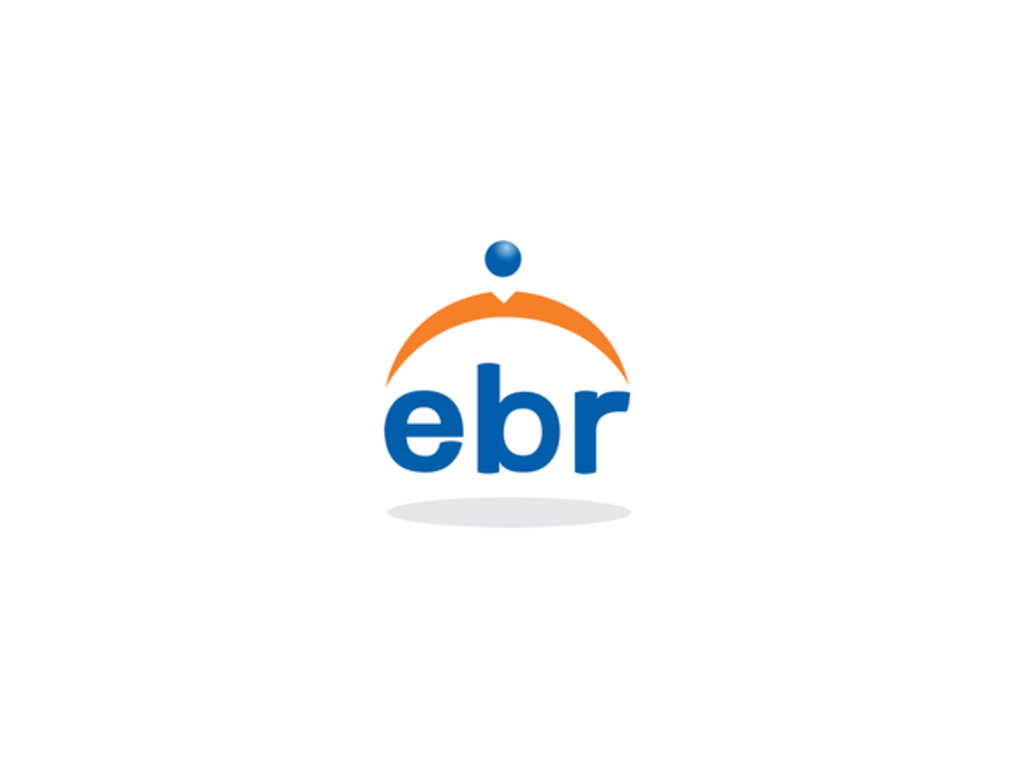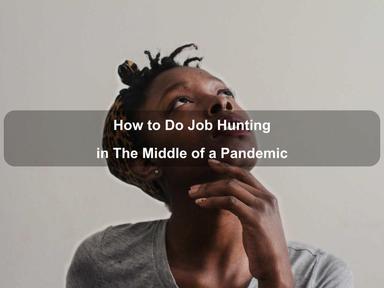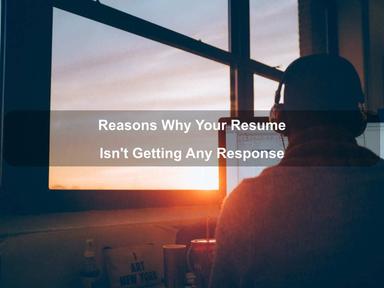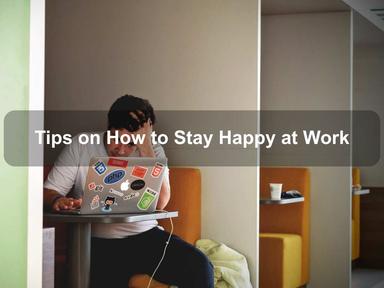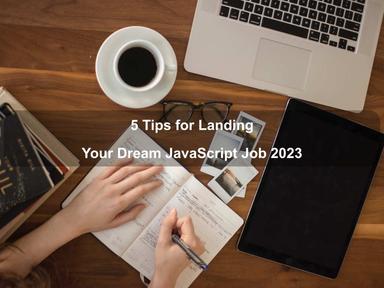published: 18 Feb 2020
3 min read | website: www.ebr.com.au
Some companies consider a CV a compulsory part of any job application. Other companies consider it as 'optional'. However, regardless of whether the job advertisement state that it is 'optional' or not, make sure that you give a CV to increase your chances of making it into the next stage. However, if you are unsure on how to write a winning CV, then here is the basics that you need to keep in mind.
What is the purpose of a CV?
To understand how to write a good CV, it is important to understand the purpose of one. A cover letter is a short report on why you are the ideal person for the job. Unlike resumes, which simply state your previous skills, achievements and overall attributes, cover letters directly and persuasively convince the employer that you are different from other candidates.
How do we structure it?
An effective cover letter needs to be cohesive, fluid and convincing. There is a tried and true formula to writing a well-structured cover letter. Follow the steps below to ensure that you are writing up a strong foundation for your cover letter.
- Administrative details
It would be pointless to give a spectacular cover letter and not tell the employer who you are or how to contact you. So always begin your cover letter by immediately stating your name, your contact details (ideally your email and phone number) and even the ideal time to call you. What would also really be helpful would be to add in your LinkedIn URL (especially if you are sending in a digital copy of your CV) so the employer can have easy access to your LinkedIn profile.
- Introduction
In your first paragraph, you should introduce yourself immediately to your employer. Here, you would summarize what specific benefits you can offer to the company and how that differentiates you from other candidates. If you have any career highlights that should be mentioned, then put it in the introduction as well so you can immediately capture the employer's attention. However, limit these ‘career highlights' to no more than three. You do not need to overdo your introductory paragraph.
- Summarize skills
Once you have captured your employer's attention, go onto summarizing your key skills. It is recommended for you to use bullet points if you can to make reading quick and easy. Remember that employers do not spend much time reading over resumes and cover letters so make sure you are brief and straight to the point.
- Include any relevant work experience or education/training
The key word here is 'relevant'. Your resume should have plenty of details about your many work experiences, however your cover letter should only include the most appropriate and relevant work experience. Again, try to do this in bullet points.
- Wrap up
Now that you have stated all your great skills and work experience, you can finally summarize once again why these skills and experiences make you the perfect candidate for the job. Remember to use keywords and adjectives from the job listing into your cover letter.

Are we missing something? Help us improve this article. Reach out to us.
